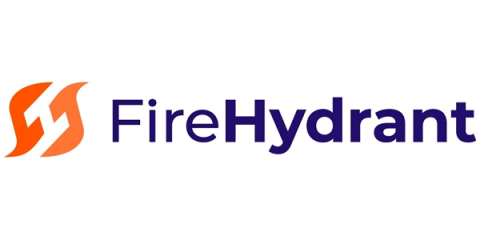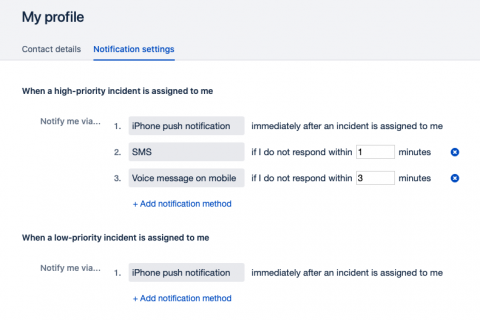eCommerce Leader Adopts OnPage
The world’s largest eCommerce site adopts OnPage to streamline its operations and workflows. This news showcases OnPage’s continuous growth in the business-to-business (B2B) space, providing a reliable and secure critical alerting solution for different use cases. In this blog post, I’ll be discussing how the eCommerce juggernaut leverages OnPage’s live call routing capabilities to enhance team communications.










